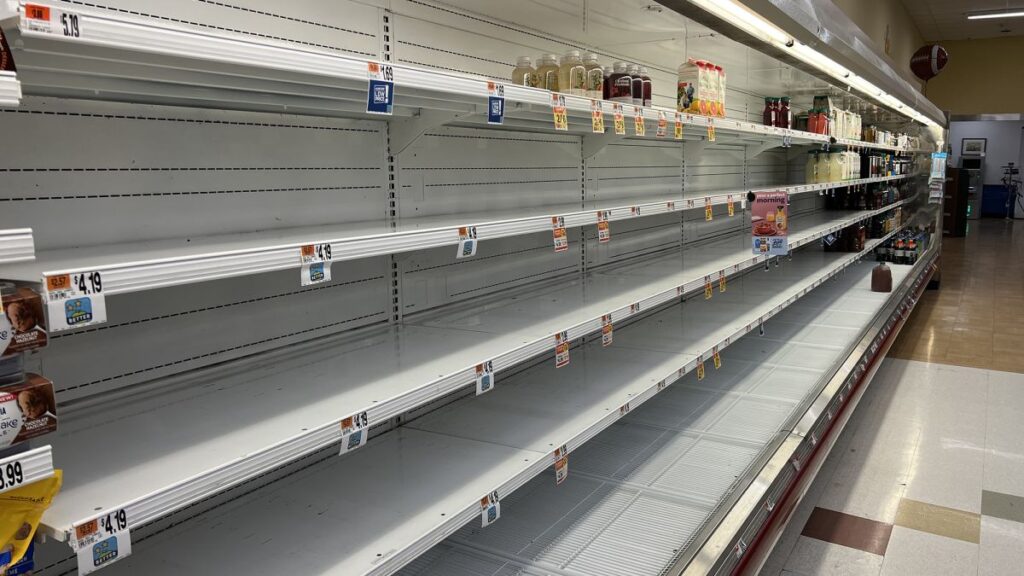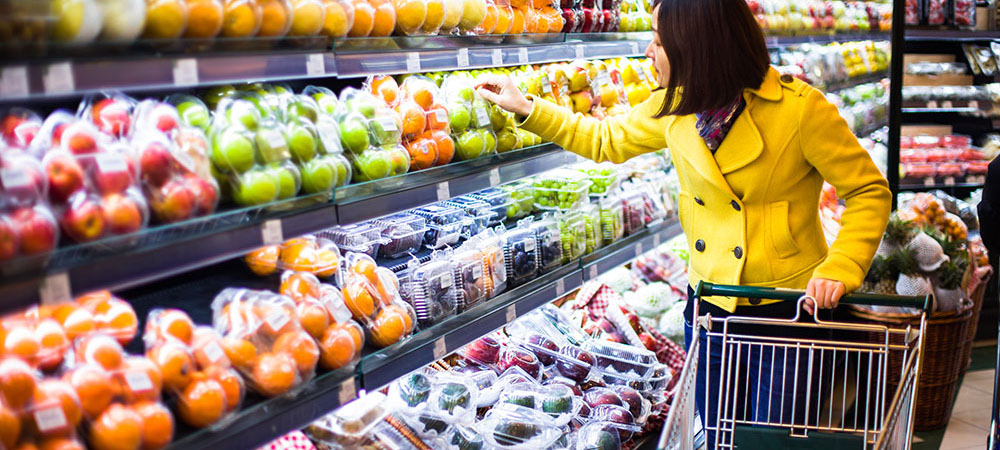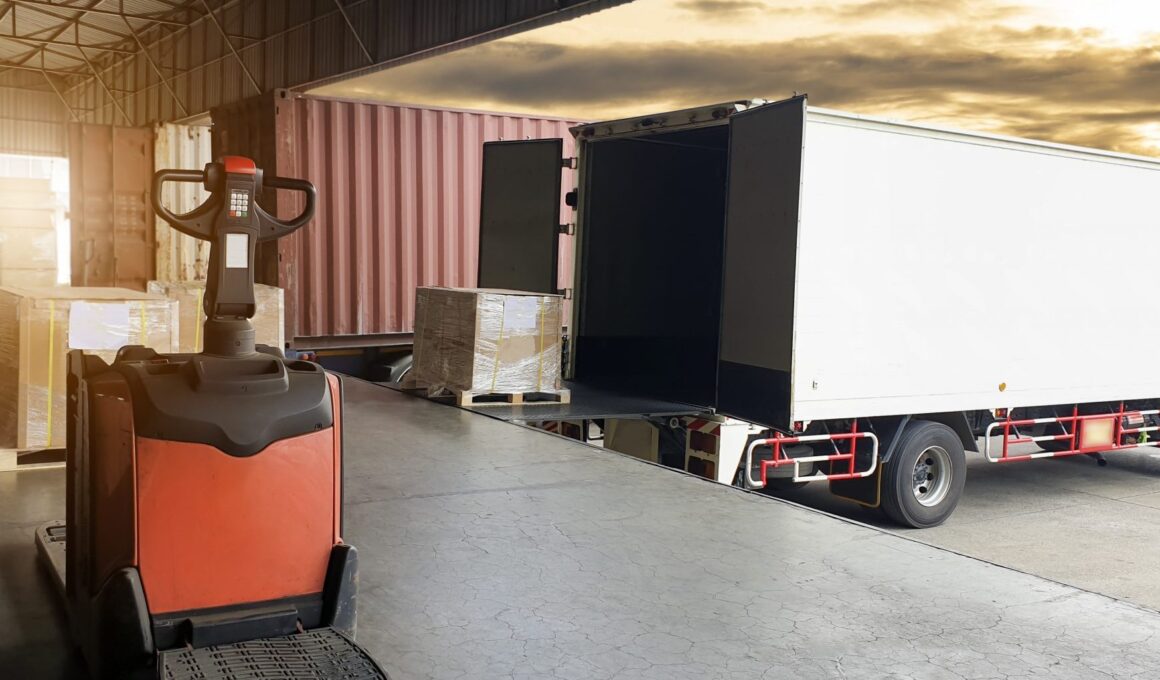Reliable Supply Chain: Robust and Agile
In late January The West Australian published an article titled, “Supermarket shortages: Empty shelves as supply chain woes and panic buying hit shoppers”. Inland floods damaged rail infrastructure in South Australia and cut food supply lines to the Northern Territory and Western Australia. The panic buying West Australians saw at the beginning of the COVID-19 pandemic also started to re-emerge, exacerbating grocers’ capacity to restock.
Supply chain resilience has never been more important. Global markets are able to change at a moment’s notice, often a result of dramatic shifts in consumer demand and availability of products – as can be seen most recently. These sudden changes in demand can affect manufacturers in every sector.
The pandemic has already demonstrated that those with supply chain agility who are ready and able to respond to such shifts, can benefit significantly versus their competition. As the effects of the global pandemic are expected to last well into the future, adding contingency and agility into supply chain operations has become a priority for many businesses.

The challenge
Weather events, earthquakes and explosions have all been known to cause disruptions to the normal flow of goods and services – and the majority of companies have some form of contingency planning in place to cope with the unexpected.
The global reach and extended duration of the COVID-19 pandemic, however, has created unique challenges for many businesses. Prices vary not only day to day but increasingly hour to hour. Similarly, lead times across the global supply chain are very hard to predict, demanding continuous modification to production schedules.
Limited access to raw materials and product packaging in the face of a huge increase in demand has put further strain on manufacturers – with some major food and beverage suppliers struggling to obtain labels, cans, bottles, and other packaging materials.
Throughout the pandemic, customer buying models have also evolved, necessitating further changes to manufacturing operations. Customer expectations with regards to product safety and hygiene are creating new trends within product packaging, trends which reverse the shift away from plastic that has occurred over recent years. For example, fresh fruit and vegetables that were previously sold loose are increasingly being wrapped in flexible plastic.
With hygiene concerns outstripping sustainability goals for the time being – a situation that may or may not reverse over the next few months as many governments’ ‘green’ incentives come into force – companies may need to explore different packaging solutions to help meet customer expectations.

The solution
The economic pressures of the COVID-19 pandemic are unprecedented – whether from supply price variation, the new investment required to ensure workforce safety, the pull to embrace ecommerce, or the needs to streamline product lines; each has necessitated significant changes to business models the world over.
The necessary levels of control and agility can only be achieved by creating trusted, repeatable processes that improve efficiency and reduce the risk of expensive errors – adopting agility is one way that manufacturers can look to achieve this.
An agile supply chain is focused on speed, cost efficiency, responsiveness, flexibility, and productivity in the production and delivery of goods. Combined, these characteristics define what an agile supply chain is: a system of product distribution that is concerned with doing things quickly, saving costs, being responsive to the market and consumer demands, maintaining flexibility, and keeping productivity at all-time highs.
Agile supply chains rely on real-time data to help make decisions in day-to-day operations, as well as projected data in supply forecasts. It creates a more robust process that saves businesses and consumers money, eliminates waste of excess inventory, foresees potential shortages, and does it all quickly and productively. With an agile supply chain, flexibility is key.

Planning for the future
COVID-19-related supply chain challenges will, hopefully, lessen over time and companies will adapt. But this is not going to be the last supply chain upheaval and it remains to be seen how consumer behaviour will evolve over coming months, and even years.
One thing for sure is that in the current climate, it is more important than ever for manufacturers to remain flexible and agile, in order to respond to sudden changes in supply and demand.







